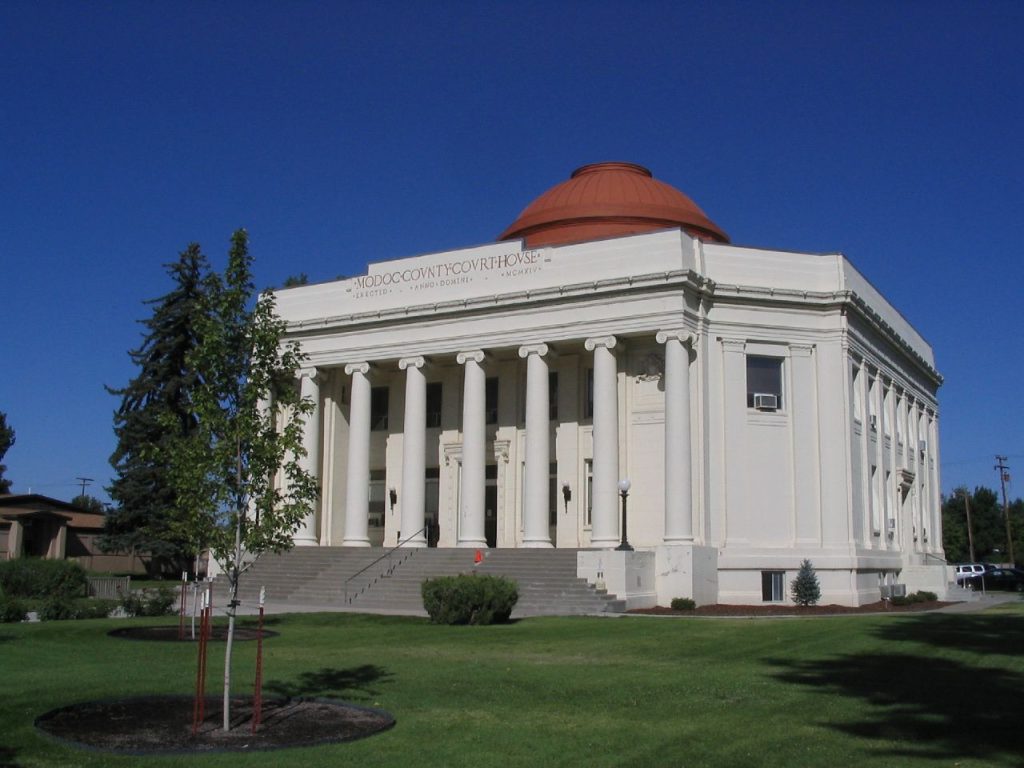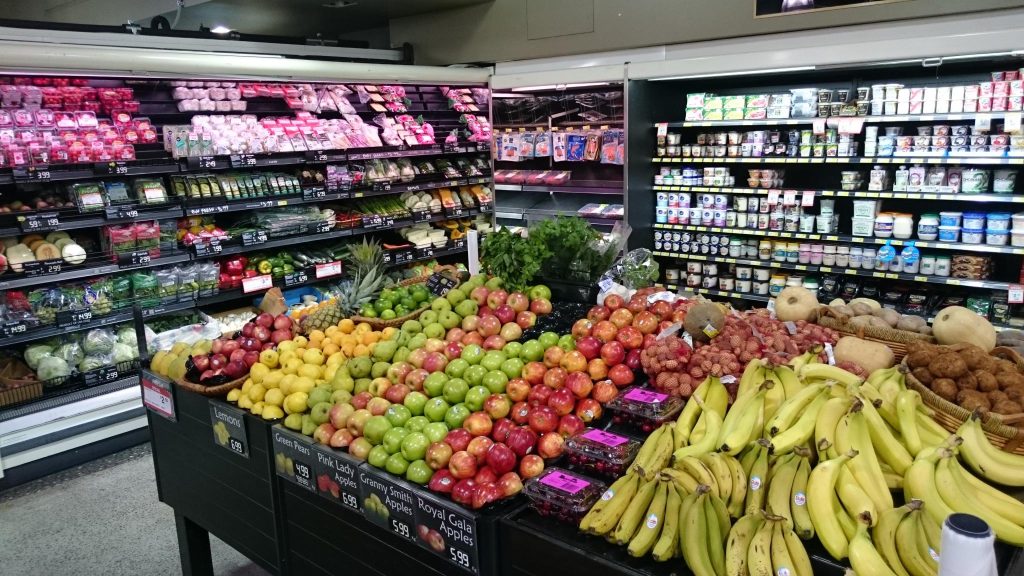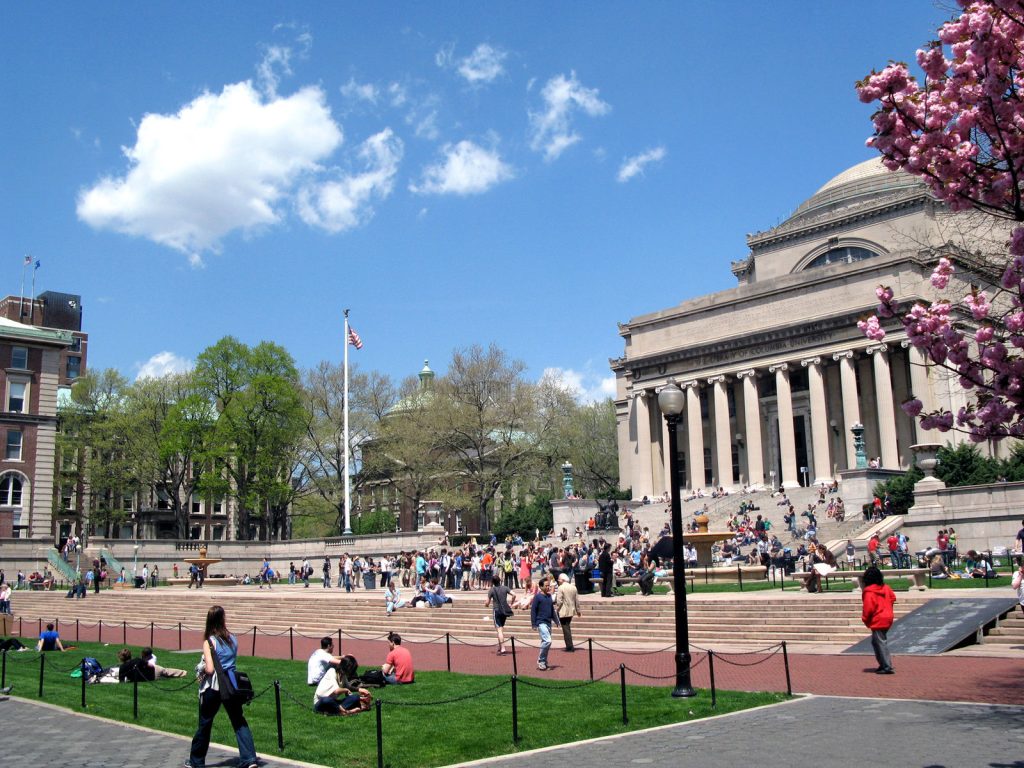Since COVID-19 hit Australian shores the federal and state governments have both spent billions on coronavirus relief and stimulus packages.
The amount of money announced totals around $213.7 billion across three stimulus packages. When we add in the Reserve Bank’s emergency lending, we get a total of approximately $318.7 billion.
For some perspective during the Global Financial Crisis the Rudd and Gillard government spent about $2,900 per person (in todays dollars) but for COVID-19 the Morrison government has pledged approximately $7,600 per person.
Why does the government want us to have money?
The whole point of the government giving people money is to make sure people continue to spend money. In theory the more money Australians have, the more they will spend, or in financial terms the more they will contribute back into the economy.
This aims to bring forward spending in the Australian economy and hopefully fend off a recession.
Where is all this money coming from?
Essentially Australia is borrowing it. The Australian Office of Financial Management (AOFM) whose job is, in basic terms, to manage our debt. This office arranges for investors to give us money by promising that we will pay it back with an agreed amount of interest.
These agreements are obtained through auctions and are called government bonds.
To cover the stimulus packages the government will instruct the AOFM to acquire more and larger bonds.
The investors of these bonds are typically foreign banks, central banks and big pension funds.
In April the government participated in the nations largest ever bond auction. Many investors from many countries wanted to make a deal with Australia which ended up being a deal totalling $13 billion dollars.
So how will Australia pay all this money back?
Over time the government will pay back the money it has borrowed. This will happen slowly but it is not impossible.
When the pandemic is over we can expect the government won’t have to spend as much money and Australians will spend more money thus, increasing tax revenues.
Once we see budget surplus again, we can slowly pay off the debt we have accumulated over the pandemic.
There are fears that the young people of Australia could be left to pay off the debt of this crisis but most experts are telling us not to worry about paying the money back.
Because interest rates are so low it is believed that it won’t be too difficult to pay off. We are only looking at paying approximately $1.6 billion dollars of interest per year.
Chris Richardson, one of Australia’s leading economists told the Sydney Morning Herald that whilst it isn’t nothing, the costs are far from something to worry about.
However, there is some worry that Australia will have to increase GST to pay back the debt. Professor Robert Breunig, leads Australian National University’s tax and transfer policy institute told The Guardian that Australia’s over-reliance on income and corporations tax will see young Australians paying the bill for this.
But Federal Treasurer John Frydenburg has suggested that this won’t be the case and Australia will follow a model like that followed after world war two where they will focus on shrinking debt through economic growth.
Photo: THIS MONTH’S IMAGE MAKERS: Centrelink’s rebranding has helped them capture a 100% market share. By David Jackmanson available HERE And used under a Creative Commons Atrribution,







